Located within the Natural History Museum of Kauhava, the Jaeger Museum of Finland is a permanent exhibition telling the story of the formation, operations and history of nearly 2000 young men who went to Germany during World War One to learn military skills, with the aim fighting for an independent Finland, free of Russian rule (prior to 1917, the Grand Duchy of Finland was a part of Tsarist Russia).
These volunteer fighters for Finland’s independence were known as Jaegers. In Finland, “Jaeger” is used to describe elite light infantry, and comes from the German Jäger, which means “hunter”. Finnish volunteers (the first “Jaegers”) were formed into the Royal Prussian Jaeger Battalion 27 and fought in the front ranks, gaining experience from fighting with the German army in WWI. The battalion took part in the World War I battles of Missejoella (River Misse), the Gulf of Riga and the Aajoella (River Aa). In 1918, with the outbreak of the Finnish Civil War between the Reds and the Whites, the main force of the Finnish Jaegers returned to Finland towards the end of February 1918 to join the White Armyt forces and take part in the defeat of the Finnish Reds, who were aligned with the Bolsheviks in Russia. The Museum tells the history of these Jaeger volunteers in their struggle for Finland’s independence against huge odds, as well as the later history of the Jaegers in Finland in the Army and in the Winter War.
In addition to the permanent exhibition on Jaeger history, the museum includes the General Väinö Valve room as well as special exhibitions. The museum has a significant collection of items donated by the families of Jaegers. The museum is supported by the Friends of the Jaeger Museum Association, which supports the museum’s operations, collects historical materials and researches and publishes historical information on the Jaegers. The museum’s location at Kortesjärvi is based on the fact that at that time, the area around Kortesjärvi provided the largest contingent of volunteers for infantry training in Germany over 1915-1918.
It’s a fascinating story and one well worth taking a look at if you’re in the area. Below, I’ve included a brief history of the Jaeger Movement. There is virtually nothing on the Jaegers in English outside of the odd brief mention and a Wikipedia reference. What you read below is probably the best source of information you’ll find in English – there’s a lot available in Finnish-language sources, but this is rather inaccessible to those that don’t read Finnish. I’ve translated most of this from Finnish myself, so any mistakes are mine and mine alone – and for Finns reading this, I’d certainly appreciate any corrections or comments on anything I’ve missed. Keep in mind though that this is an overview.
Anyhow, I hope reading this has whetted your appetite and you’ll visit the Jaeger Museum if you’re in the area! And if you’re in the Kauhava area of South Ostrobothnia, there are quite a few other museums you can visit along with this one.
Address and Contact Information for the Jaeger Museum of Finland (Suomen Jääkärimuseo)
- Address: Jääkärintie 80, Kortesjärvi 62420
- Telephone: (06) 2412 9841, 040 148 4420
- Email: suomen.jaakarimuseo (at) kauhava.fi
- Opening Hours (15 June to 15 August): Tuesday-Sunday 11-17 (11am-5pm_
- Opening Houses (rest of the year): Tuesday-Wednesday 12-16 (midday to 4pm)
- Admission: € 2.50 / € 1.50
- Guidance when requested in Finnish, Swedish, German, English
Jääkärimarssi – The Jaeger March
Syvä iskumme on, viha voittamaton (Deep is our blow, invincible our wrath,)
meil’ armoa ei, kotimaata. (we have no mercy, no homeland.)
Koko onnemme kalpamme kärjessä on, (All our luck is in the tip of our swords,)
ei rintamme heltyä saata. (our hearts will not give in.)
Sotahuutomme hurmaten maalle soi, (Our war cry rings out, thrilling the country,)
mi katkovi kahleitansa. (which is breaking her shackles.)
ei ennen uhmamme uupua voi, (Our defiance will not tire,)
kuin vapaa on Suomen kansa. (before the Finnish nation free.)
Kun painuvi päät muun kansan, maan, (When the heads of the people, the country, bowed down)
me jääkärit uskoimme yhä. (we Jäegers still believed.)
Oli rinnassa yö, tuhat tuskaa, (There was darkness in our chests, a thousands pains,)
vaan yks’ aatos ylpeä, pyhä: (but one single thought proud, sacred:)
Me nousemme kostona Kullervon, (We shall arise as the vengeance of Kullervo*,)
soma on sodan kohtalot koittaa. (sweet it is to face the fates of war.)
Satu uusi nyt Suomesta syntyvä on, (A new tale of Finland will be born,)
se kasvaa, se ryntää, se voittaa (it will grow, it will charge, it will win.)
Häme, Karjala, Vienan rannat ja maa, (Häme, Karelia, the coasts and lands of Viena,)
yks’ suuri on Suomen valta. (there will be a single great country of Finland.)
Sen aatetta ei väkivoimat saa (The idea of her cannot be removed by violence,)
pois Pohjolan taivaan alta. (away from beneath the northern sky.)
Sen leijonalippua jääkärien (Her Lion Flag is carried)
käsivarret jäntevät kantaa, (by the strong hands of the Jäegers,)
yli pauhun kenttien hurmeisten (Over thunderous, gory fields)
päin nousevan Suomen rantaa. (towards the shores of rising Finland.)
The Jäger March was written by the Finnish Jäger Heikki Nurmio (1887-1947) in Libau, Prussia, in 1917 where a competition was held for the best lyrics for a march song. The lyrics were smuggled into Finland, where Sibelius received them from his ear doctor, Dr Wilhelm Zilliacus. Sibelius was enthusiastic about the song and composed the march in three days in his villa Ainola in Järvenpää. According to his own account he was overwhelmed by highly patriotic emotions as he wrote.
The march was presented for the first time in Libau on 28 November 1917 in a leisure occasion for the staff of the Battalion. It was published in December 1917 as written for a male choir and piano, without mentioning the writer of the lyrics or the composer. In Finland, the march was apparently presented for the first time to a larger audience in a celebration of the New Day Club made up of advocates of independence in the restaurant Ylä-Oopris in Helsinki on 8 December 1917. The proper debut of the Jäger March was in Helsinki on 19 January 1918, by the choir of Akademiska Sångföreningen, led by Olof Wallin. On the same day, the first battles broke out in Karelia between the Reds and the Whites, related to the weapons supplies to the Reds from St Petersburg.
Kullervo is a tragic hero of Kalevala, the national epos of the Finns, and this detail, a single word of the lyrics, is packed with strong sentiment to anyone familiar with Kalevala.
*In the Kalevala, Finland’s national epic, Kullervo, the son of Kalervo, is an orphan, whose whole family has been murdered by sword by the men of Untamo, Kalervo’s foe. Only a maid was left alive and taken as a slave, but she gave birth to this son of Kalervo. The boy is put to work but he proves of no use, they try to kill him but fail. Finally Kullervo is sold to Ilmarinen. He sends Kullervo to herd cattle, but his wicked wife, the daughter of Pohjola (North), bakes a stone inside the bread that is packed as a meal for Kullervo. When cutting the bread, Kullervo breaks his puukko knife, his only heritage of his father, on the stone. Infuriated by this he swears revenge. In his relentless, fierce hate of the unjustly oppressed, he puts a magical spell on the bears and wolves of the forest, driving them to kill all the cattle and the wicked wife as well.
The story of the Jääkärit – the Finnish Jaegers
The Jääkärit (Finnish Jaegers) German = Jägers or Jaegers, were nationalist volunteers from Finland who fought for a Finland free from, and independent of, Russia. Trained in Germany as Jägers (elite light infantry) during World War I, they were supported by Germany in their mission to establish a Finnish sovereign state free of Russian oppression. For the Germans, it was one of many means by which Germany intended to weaken Tsarist Russia and cause Russia’s loss of her western provinces and dependencies.
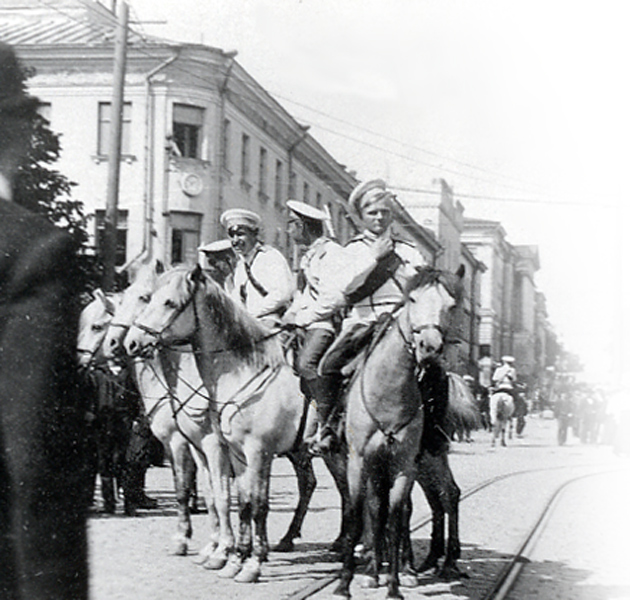
Russian gendarmerie in Helsinki in the early 1900’s
The emergence of the Jääkärit took place in the milieu of an awakening Finnish nationalism in the late 1800’s and the Russian repression at the turn of the 1900’s, where Russia sought the Russification of the Grand Duchy of Finland and the destruction of the Grand Duchy’s internal autonomy. This repression over the years 1899-1905 and a second period that began in 1908 created a strongly anti-Russian sentiment within Finland. When WW1 broke out in 1914, many Finns wanted to see Russia defeated. The early defeats suffered by the Russians encouraged these hopes and in Helsinki, student activists became more active.
In November 1914 the Russian government announced measures which would have meant the end of Finnish autonomy. Anxiety grew in Finland and on November 20th, the Finnish independence movement began organising. The activists objective was to drive Russia out of Finland and it was considered that this goal could only be achieved by force. Thus, it was decided to take steps to create an Army of Finland.
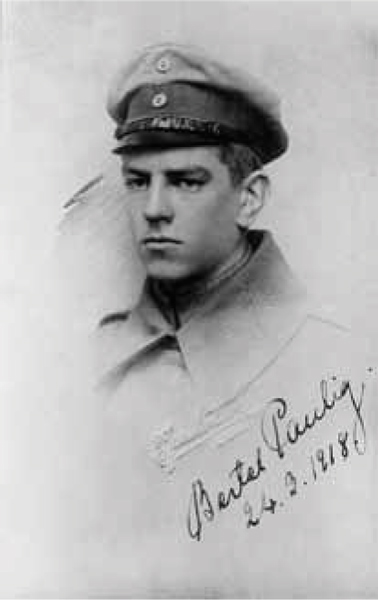
Student Activist Bertil Paulig was one of those to show initiative
The Independence Movement consisted largely of young people, many of them University graduates. These activists saw the need for a Finnish Army to acquire weapons and trained leaders. Clandestine links with Germany were established and in January 1915 the German High Command and the Ministry of Foreign Affairs approved the military training of 200 Finns. Student activist groups immediately began secretly recruiting Jäger volunteers from the Grand Duchy of Finland. The recruiting was clandestine, and was dominated by German-influenced circles, such as university students and the upper middle class. The recruitment was however in no way exclusive. The recruits were transported across Finland’s western border via Sweden to Germany, where the volunteers were formed into the Royal Prussian 27th Jäger Battalion (Königlich Preussisches Jägerbataillon Nr. 27).
The Finnish Jaegers objective was to secure Finland’s independence and fighting with the Germans against Russia was seen as their best chance to achieve this goal. It was an almost religious call, and the Jaegers themselves even at this time felt that they were establishing a spiritual heritage for all Finns: “our legacy to you, the youth and future generations of Finland, is to leave you what we think most valuable – confidence in Finland’s future as an independent and free country, unwavering faith in the legitimacy of the fight for freedom and for victory, even when all seems hopeless, the will and courage to fight at all times on behalf of this cause.”
At first, all went without difficulty using the route through Sweden to Germany. Training took place in the camp Lockstedt Camp. The first men arrived there 25 February 1915 with a total number of 189 volunteers. The majority of the volunteers, 145 men, had passed the matriculation examination. Among them, 34 also possessed an academic degree. For the majority, about 64%, their mother tongue was Swedish. The Finnish volunteers were initially not treated as soldiers, but as guests of the German Reich and as civilians. They initially dressed as German Boy Scouts for disguise and they were called Pfadfinder. Later volunteers received a German infantry uniforms and were nicknamed the Three Musketeers.
Their legal status remained unchanged and so they underwent training for first four weeks, but the training was extended time and again. The training was appropriate and effective – and was mainly responsible for the subsequent Finnish reserve officer training in independent Finland. The course leader and commander of the Finnish volunteers since the beginning of January 1917 was German Army Major Maximilian Bayer. The trainers were four German officers and a number of non-commissioned officers. A number of Finnish volunteers were promoted to Officer’s positions.
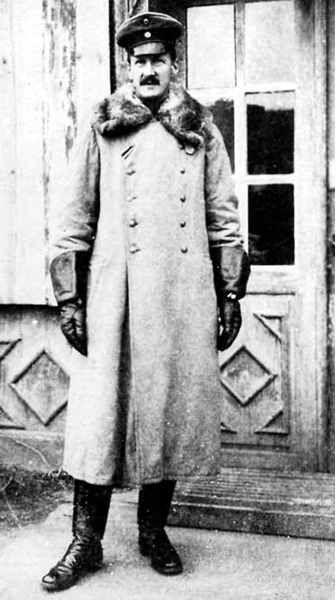
The course leader and commander of the Finnish volunteersfrom January 1917 – Major Maximilian Bayer
Major Maximilian Bayer was born on 05 November 1872 in Karlsruhe. He had received his first war experience as a staff officer in Africa. He was a German Boy Scout Association founder and was chairman until his death. Major Bayer was well educated. He was a writer, well-known speaker, connoisseur of music and a youth educator. He supported with all his heart the Finnish freedom fighters in training and in their military education. Major Bayer fell as a regimental commander on the French front near Verdun 25 October 1917. He was buried in Mannheim. A Finnish memorial stone stands by his tomb.
In August 1915 the Emperor Wilhelm II signed a decree authorizing the expansion of the Pfadfinder Course with a target strength of 2,000 men. More than 200 university students had participated in the so-called “Boy Scout” training – they dressed in Boy Scout uniforms during the training, and theses went on to become the Officers of the Finnish Jääkärit (Jäger) Troops. This group was expanded by extensive recruitment over autumn 1915 and spring 1916.
Back in Finland, an Action Committee for Recruiting was formed, with the support of the Central Committee, which was made up largely of older Activists. All the non-Socialist Political Parties of Finland were represented in the Central Committee. Although the Social Democratic Party was excluded from the Committee, many SDP party leaders supported the independence movement and the SDP itself did not set policy for members on this issue. The Recruiting Committees tendency to form a nation-wide, centrally managed recruitment organization did not lead to the desired result. Local recruiters were forced to act independently as the country was in a state of war and strictly supervised by the Russians in the country.
The Lockstedt Training Corps
Document date: Aug. 26, 1915.
M.J.13630/15 A.I. Confidential.
1. An immobilized formation will be raised in Lockstedt Camp, which will be known as “The Lockstedt Training Corps”. It will consist of several companies, which will be gradually brought up to the strength of a battalion of D. II. 3 type, with a machine-gun company and a pioneer company.
2. Enrolment in this company is open to foreigners who enlist voluntarily. Foreigners accepted for service in it will not acquire German nationality. The army administration will undertake no liability to endorse applications for naturalization. The army administration will also undertake no responsibility for the financial support of any such foreigners disabled by wounds received on active service with the German Army. Furthermore, the relatives of such persons will have no claim on the German Government for compensation in the event of the death or total disability of the persons concerned. This must be confirmed in writing by every individual serving in this formation. Foreigners must be warned before enlistment that it will be their duty to support the German Reich to the best of their ability, to serve wherever they may be sent, to obey all orders given them by their superiors and to obey the German civil and military laws and whatever regulations may have been issued for the duration of the war.
3. In all service, administrative and legal matters the formation will be under the direct orders of the general commanding the 9th Army Corps. The High Command will decide the nature of its future employment. The formation will be commanded by Major Bayer, of the 27th Infantry Regiment, who will receive the authority of an independent battalion commander. He will apply to the general commanding the 9th Army Corps for the appointment of any further subordinate officers or instructors he may require. The War Office will supply the necessary material resources. Major Bayer will be responsible for the supply of new recruits, and for this purpose the War Office will place at his disposition three officers and three N.C.O.s in addition to those on the regular strength of the formation.
4. The War Office will supply rifles, ammunition and machine-guns (exclusively captured Russian material) and all other training material which the commander may deem necessary. Furthermore, twelve bicycles will be supplied for the use of every company, including the pioneer company. The material for four field telephone sections will also be supplied by the War Office. The 9th Army Corps will supply any horses deemed necessary.
5. The formation will be trained on German principles. Words of command will be given in German. Clothing and equipment of a German Jaeger Regiment (shoulder straps without regimental number) will be supplied by the 9th Army Corps. Pay and rations on the scale in force for immobilized troops. Foreigners may be promoted to N.C.O. ranks to bring them up to strength. They will then receive the pay carried by the rank in question, but will not wear the distinguishing marks of such ranks. They will not be deemed superiors of German N.C.O.s of lower rank or German privates. For this purpose they will be given the ranks of section-leader, group-leader and assistant-group-leader instead of the German ranks of staff sergeant, corporal and lance-corporal, and shall be superior officers over all foreigners in the formation who hold no rank.
6. The Lockstedt Camp unit formed by the order of February 23rd, 1915, is merged into the new formation.
7. The commanding officer will make monthly reports to the 9th Army Corps and the War Office on the strength of the formation, the progress of its training and any other matters which may arise. The first report is due on October 1st.
8. The existence of this formation is to be kept as secret as possible. The contents of this document will therefore be imparted only to those authorities immediately concerned with the work of the formation and only in an epitomized form. No mention of the formation must appear in the Press.
Signed: Wild von Hohenborn.*
From the book: “Finland Breaks the Russian Chains” by Heinz Halter. Translated from the German by Claud W. Sykes. John Hamilton Ltd., London, 1940. Major Bayer’s picture is from the book “Jääkärit maailmansodassa” (The Jägers in the World War), ed. E. Jernström, Helsinki 1933.
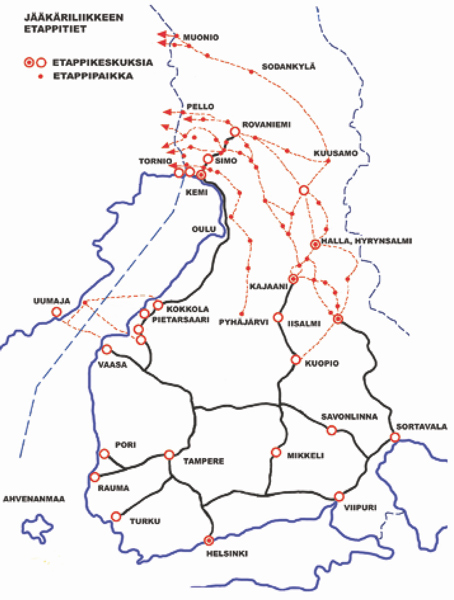
The routes for recruits from Finland into Sweden were varied
Nevertheless, recruiters were abundant. Most of them were civilian men. Their positions in society were mixed, but generally they were well-known in their home regions, and were prominent personalities. Students served as the conduit between recruiting offices in the capital and the provinces. The new recruits included young working class men and farmers as well as sailors and students, and the numbers of recruits sent to Lockstedt was significant. Reaching Germany required some hard traveling. Routes across the border were staffed by local residents or Jaegers. Crossing the border was dangerous and often required a long trek on foot or on skis. Starting positions were reached by rail from southern Finland, with the most important escape route leading from Kemi to Haparanda across the Torne River and thence south through Sweden. Another route was from the coast of Ostrobothnia across the Gulf of Bothnia to Umeå. During the open water season, the Gulf was crossed by boat.
In the late winter and spring of 1916 the Russian gendarmes arrested about fifty activists with some armed clashes. Recruitment was revived by sending volunteers through remote areas with local guides, one of whom, the farmer Juho Heikkinen, or “Old Man Frost” was the bravest of the Jääkärit’s helpers. By May 1916 a considerable number of men had made it to Germany and were undergoing infantry training. Finnish troops were a kind of miniature people’s army, representing all occupational groups and ages between 15-49. The average age in 1916 was less than 24 years and the difficult and dangerous conditions of recruitment had not deterred the volunteers, the majority of whom were good military material. Suitable men for Officers were in also abundance.
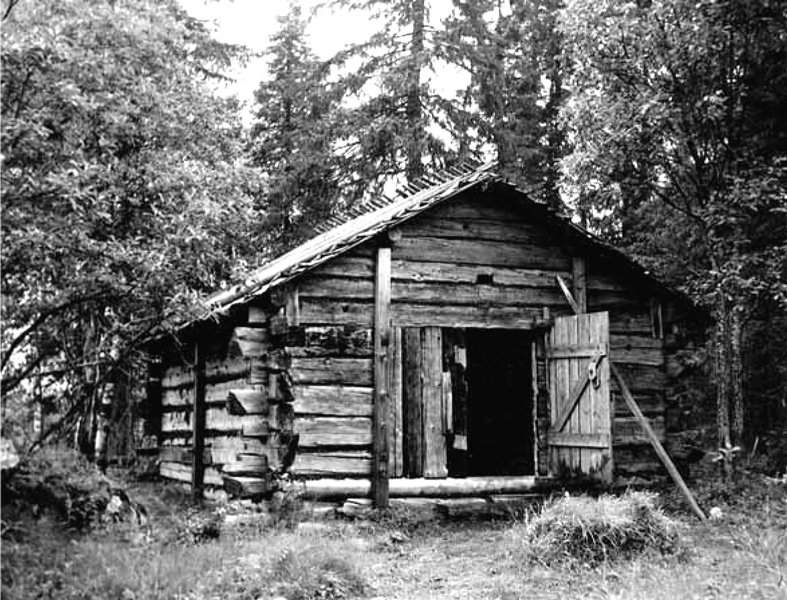
Site of the December 1916 skirmish
Site of the December 1916 skirmish: Simon Meadow – Eight men hidden in the Sauna were discovered by a Russian NCO and his men. In an exchange of gunfire at dawn one man fell on the step, two were captured.
Around August-September 1915 the voluntary legal status of the Finnish volunteers was changed. They became soldiers of the German Army but were not required, however, to take the military oath. Instead, they had to make a commitment to serve Germany with all their might (under the laws of Russia and Finland, the volunteers committed treason). From September 1915 to May 1916 the Finnish volunteers trained at Lockstedt. The courses were structured to train as many of the Finns as possible in the leadership and in the needed military skills for their assigned Finnish military branches of service. The initial establishment was two Rifle Companies (kiväärikomppaniaa), a machine gun company and a Pioneer Company. Two further kiväärikomppaniaa were added, together with a field artillery unit (kenttätykkijaos?).
From the autumn of 1915, arriving Finnish recruits knew almost no German, and it was concluded that most would never learn the level of German necessary for the German military. It was therefore necessary to create military manuals in Finnish, and to come up with a Finnish military vocabulary. Due to language requirements for training of the men, German officers and non-commissioned officers needed to be supplemented by Finnish Officers and NCO’s.
Finnish Officers and NCO’s were therefore used as trainers. The German military ranks differed from their own Finnish ranks. The Senior Finnish Platoon Commander (pääjoukkueenjohtaja) was appointed the battalion commander and the company commanders were the next ranking Finnish soldiers (ylijoukkueenjohtaja). Erik Jernström was appointed the Finnish commander (Pääjoukkueenjohtajaksi) and held this role until the dissolution of the battalion. In all, during the existence of the battalion 19 Company Commanders (ylijoukkueenjohtajiksi), 46 Platoon Commanders, 196 Senior NCO’s and 274 junior NCO’s were selected.
The training was run by the German officers and non-commissioned officers. The early soldier training focus was on fitness and close order drill training. Later, training focused on firearms and combat training. The German language was for many a very tedious subject. In this training, the Finns were acclimatized to Prussian discipline and precise adherence to tactics and orders. The training was tough, versatile and efficient and also reflected the latest war experiences. Some of the Finnish officers were also involved in running the training.
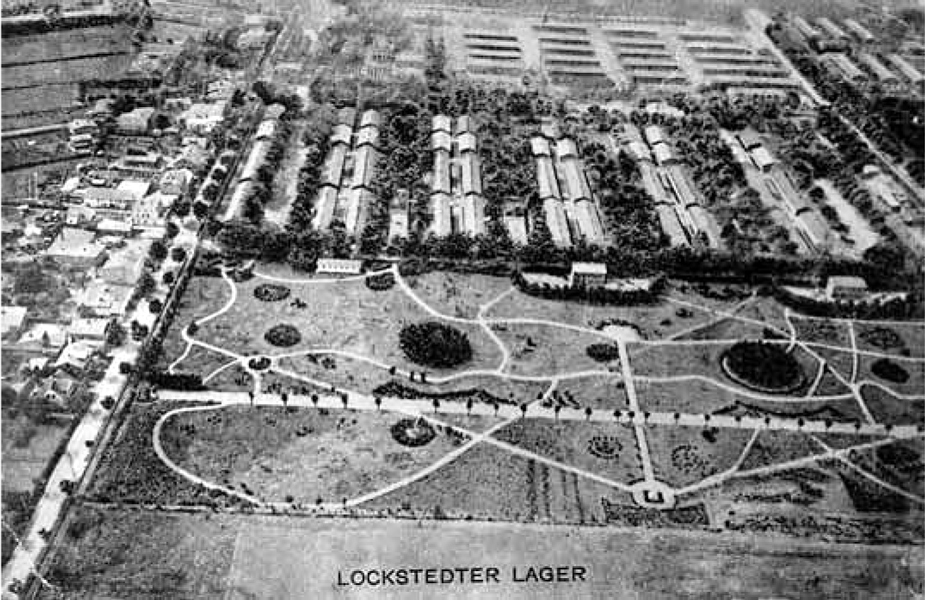
Lockstedter Lager in Schleswig-Holstein was used as a training area for the Finnish Volunteers
The Finns had an exceptionally good miliyary education compared to the Germans, who were often sent to the front after only a short training period. The German trainers were very satisfied with the results of the training. In particular, Finnish marksmanship, marching ability and sports performance provoked awe. For the Jääkäri, the dark side of life were poor accommodation conditions, the (to the Finnish) strange and often inadequate food and a constant lack of money. The worst part, however, was homesickness, as well as the uncertainty of both their own and Finland’s fate. Shortcomings and concerns were somewhat alleviated by the local Holstein population’s welcoming attitude to the Finns.
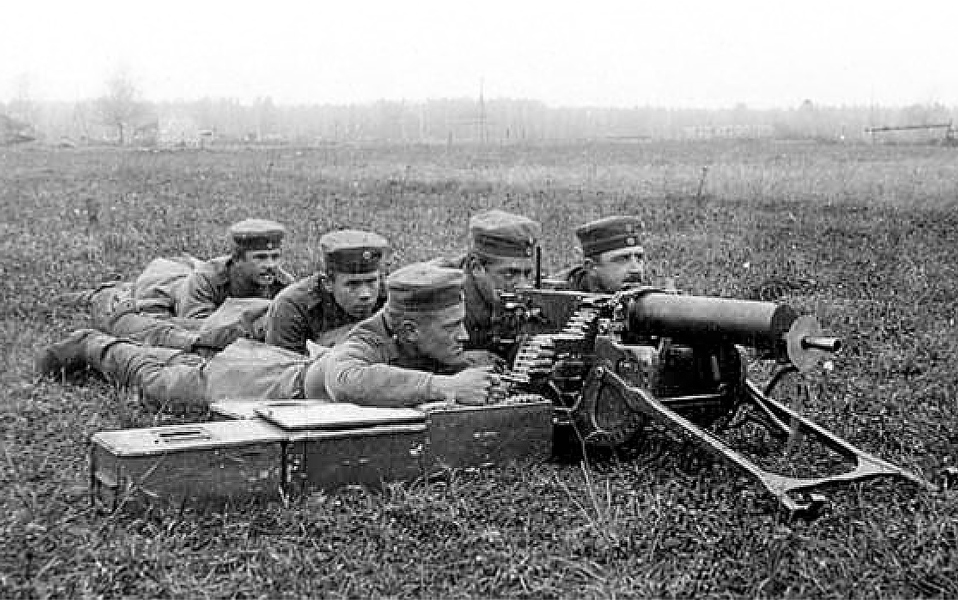
Finnish Volunteers training with a machinegun at Lockstedt
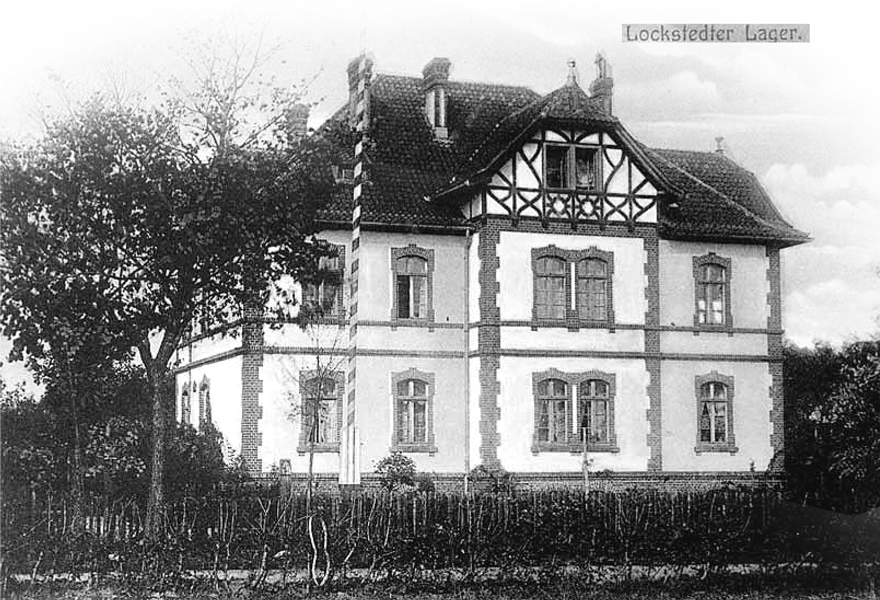
Lockstedter Lager, the commandant’s house
As training progressed, the Jaegers were given more free time. In most cases, this free time was spent in the Lockstedt camp site or in the immediate surrounding area. The most popular evening venue was the Café Schütt, if the money was available. Some Finnish infantry officers and a number of NCO’s also visited different parts of Germany.
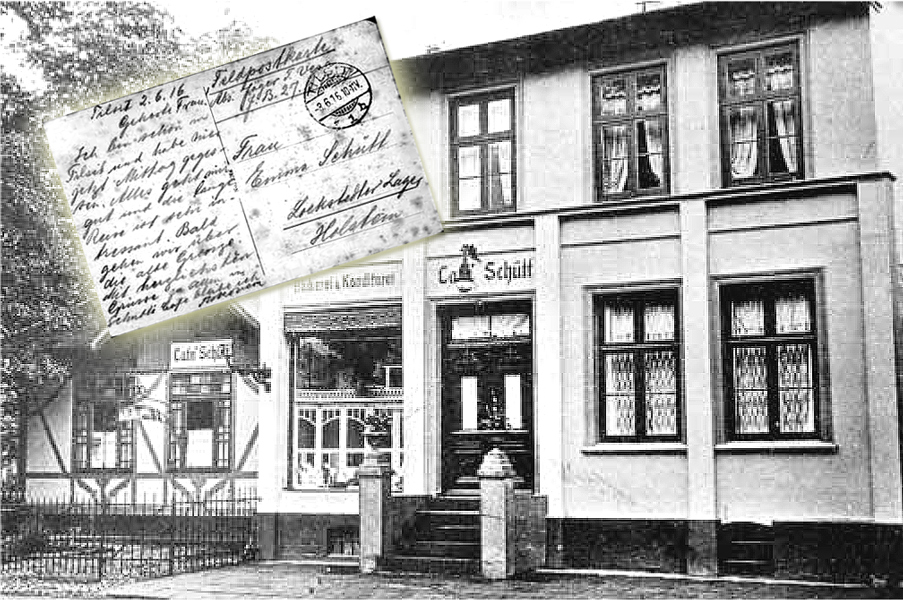
Cafe Schütt. was popular with the Finnish Jaegers
June 1916 and movement to the Eastern Front and the Misse River
Major Bayer was in Germany at the end of 1915 meeting with a Finnish delegation and the German War Ministry negotiating for the Finnish volunteers to acquire frontline combat experience. It was at this time that the Finnish volunteers received the name Königlich 09/05/1916 Preussisches Jägerbataillon No. 27, (the Royal Prussian Jaeger Battalion 27). The battalion moved from Lockstedt to the German Eastern front in three trains at the end of May. At this time it had a strength of 203 Germans and 1254 Finns. On 11th and 12th of June 1916 the Battalion marched up to the front lines on the Gulf of Riga and was allocated a four kilometer front on the Misse River, in a swampy area. The Jaegers front service on the Misse River (Misa) was primarily to man picket duty stations and fortifications. Patrolling in no-mans land at times led to skirmishes with the Russians. The enemy’s artillery often fired on the Finnish positions.
In July 1916, two units of the battalion was forced to battle the battalion area of responsibility outside of the main components. Tykistöjaos (the Finnish artillery unit) participated in an attack against the Russian Ekkau-Kekkaun (Jecava-Kekava) front sector and an Engineer Company of the Jaeger Battalion participated in a German attack on the Schmardenin (Smārde) sector. Both the gunners and the pioneers won plenty of recognition from their German commanders for their performance on the battlefield. Slightly later the battalion was transferred to the Gulf of Riga Dumben (Klapkalnciems) sector. Here, the terrain was dry and the scenery was beautiful, but the enemy was active, which resulted in losses. The German military cemetery at Dumben (Klapkalnciemsin) is the place of burial of five Finnish infantryman who were combat casualties.
Christmas 1916 and the Aa River (Lielupe) battle
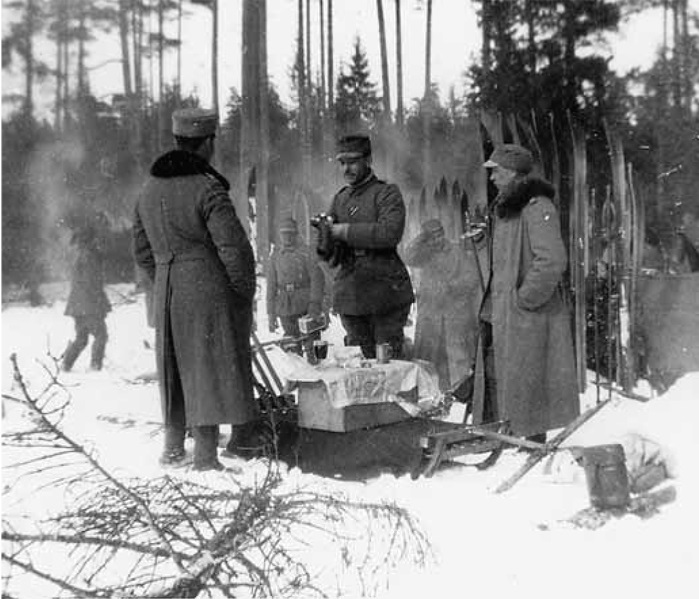
Jääkäripataljoonan officers foraging in winter during the fighting. In the middle Zugführer Lennart Oesch.
In late September 1916, dissatisfaction grew within the Battalion due to heavy combat service and uncertainty of their own future. Also, superior-subordinate problems occurred. Although the problems were moderate, a number of Jaegers were punished and some were sent to a labor camp. In December 1916 the Battalion handed over Front responsibility to German units and spent Christmas at Libaussa (Libau). They were there for just three weeks before being sent back to the front to fight the Russians on the River Aa (Lielupe), where an attack had been launched. In the end, winter and hard frost paralyzed all combat operations.
In January 1917 Major Bayer handed over battalion command to Captain Julius Knathsille. On 25 March 1917 the battalion was removed from the front. By this time the Finnish volunteers had received a relatively large amount of war experience, but had also suffered losses.
Finnish dead numbered 11, with one mortally wounded and one missing. A total of 49 infantrymen had been wounded. Worse than the combat casualties were variety of different diseases, with unhealthy conditions playing a role. Disease, mostly cases of tuberculosis, killed 15 men. The Jaeger dead were all buried in territory that is now part of Latvia, and almost all their graves have now been discovered and restored.
The Jaeger Battalion at Libaussa (Libau) 25 March1917 – 13 February 1918
The peace-time garrison, spa and tourist town of Libau (Liepaja), located as it was by the sea and on the beach was a base that provided good educational opportunities. There were large-scale training fields, shooting ranges, fortifications and a military port. The old Russian barracks were, however, unsatisfactory. Termites were everywhere, the clothing situation was poor and the food insufficient. Cases of tuberculosis were in abundance. In mid-summer a malaria epidemic raged. Care of patients and spiritual support was provided by Finnish volunteer nurses Ruth Munck and Sarah Rampan, who did valuable work.
Ruth Margaret Munck ( August 12 1886 Lempäälä – September 30, 1976 ) was a Finnish baroness and a nurse. She studied at a Swedish co-educational school and then at a craft school Helsinki. In 1908 she started training as a Nurse in Helsinki, completing her training in 1910. At the end of the 1915 Ruth Munck went to Germany via Sweden. She already had apparently good connections with the volunteers, as in Stockholm, she was greeted by the Stockholm mission, including by Almar Fabritius. Through Fabritius, she met a number of high-ranking Jaegers and activists representatives.
She arrived in Berlin on 6 January 1916, where she worked in the Berlin University surgical clinic. Her first direct involvement with Jaeger Battalion 27 was at field hospital 55 at Jelgava (Mitau), where she started nursing in October 1916. In June 1917 she moved to field hospital 404 at Tukkum, and in August the same year, she moved to 124 military hospital in Liepaja (Libau). She was known among the soldiers of the battalion in the German way as Schwester Ruth (“Sister Ruth”).
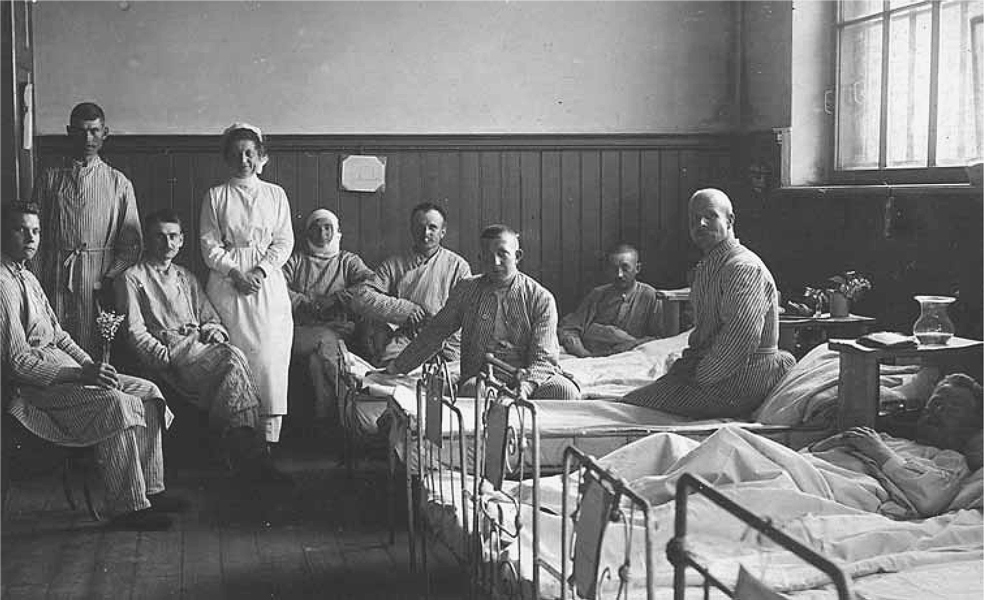
Nurses: Baroness Ruth Munck and Miss Sarah Rampan did valuable work caring for the wounded or sick Jaegers. They worked in the territory of Latvia of war and a field hospital that had cared for Finnish light infantry. Both returned to Finland with the main body of Jaegers and served during the Civil War.
When the Finnish Civil War broke out, Ruth Munck arrived with the main body of the Jaegers at Vaasa on 25 February 1918 . During the Battle of Tampere she cared for the sick and wounded on a train, led by the German doctor Knape. After the capture of Tampere, Ruth Munck moved to the Karelian Isthmus with 2 IV Battalion Light Infantry Regiment. She worked in the field hospital led by Dr. von Hertzen. After the war, Ruth Munck returned to Helsinki. and in 1918, she married former Jaeger Battalion 27 company commander Eduard Ausfeldin, who had also participated in the 1918 civil war in Finland. They divorced in 1921. Ruth Munck took part in the formation of the Lotta Svärd Association from the beginning. In the period 1924-1932 she was the Lotta Svärd Association district chairman of local branch I and until 1928 she was on the association’s national board as medical chief. She was President of the Lotta Svärd Association from 1931 to 1933
At Libau, the Battalion established a second machine gun company, a cavalry unit and Communications Department. Captain Julius Knahts handed over the tasks of the battalion commander to Captain Eduard Ausfeldtille on 29/September/1917. Ausfeldtille became the last commander of the battalion. Officers and sergeant major responsibilities were transferred to the Finns. Pending return to their own country, the Finnish Jaegers were given further training by the Germans. Each man was given NCO training as well as a special course on destruction, sabotage and guerrilla training. Light infantry were also trained to use motor vehicles, maintain car and boat engines,manage the railway service, and a variety of maintenance tasks. One of the officers also received pilot training.
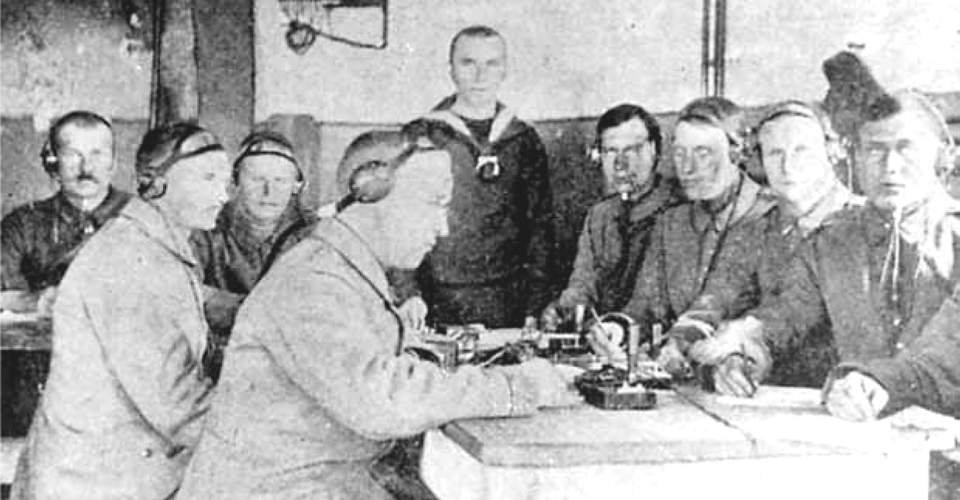
Radio Man – Men on the Course are practicing telegraphy under German non-commissioned officer leadership
During the period at Libau, the Jaegers drew up a Finnish military vocabulary. The most notable achievement over this period was the writing up of the more than 1,500-page Finnish military manual. The Finnish military professional literature was based on the work of a task force led by Oberzugführer Armas Ståhlberginkuja. Also at this time, Hilfsgruppenführer Heikki Nurmio wrote the lyrics for the Jaeger march, the music for which was later composed by Jean Sibelius. The march was of great importance to the Jaegers cohesion and morale.
Syvä iskumme on, viha voittamaton (Deep is our blow, invincible our wrath,)
meil’ armoa ei, kotimaata. (we have no mercy, no homeland.)
Koko onnemme kalpamme kärjessä on, (All our luck is in the tip of our swords,)
ei rintamme heltyä saata. (our hearts will not give in.)
Sotahuutomme hurmaten maalle soi, (Our war cry rings out, thrilling the country,)
mi katkovi kahleitansa. (which is breaking her shackles.)
ei ennen uhmamme uupua voi, (Our defiance will not tire,)
kuin vapaa on Suomen kansa. (before the Finnish nation free.)
Kun painuvi päät muun kansan, maan, (When the heads of the people, the country, bowed down)
me jääkärit uskoimme yhä. (we Jäegers still believed.)
Oli rinnassa yö, tuhat tuskaa, (There was darkness in our chests, a thousands pains,)
vaan yks’ aatos ylpeä, pyhä: (but one single thought proud, sacred:)
Me nousemme kostona Kullervon, (We shall arise as the vengeance of Kullervo*,)
soma on sodan kohtalot koittaa. (sweet it is to face the fates of war.)
Satu uusi nyt Suomesta syntyvä on, (A new tale of Finland will be born,)
se kasvaa, se ryntää, se voittaa (it will grow, it will charge, it will win.)
Häme, Karjala, Vienan rannat ja maa, (Häme, Karelia, the coasts and lands of Viena,
yks’ suuri on Suomen valta. (there will be a single great country of Finland.)
Sen aatetta ei väkivoimat saa (The idea of her cannot be removed by violence,)
pois Pohjolan taivaan alta. (away from beneath the northern sky.)
Sen leijonalippua jääkärien (Her Lion Flag is carried)
käsivarret jäntevät kantaa, (by the strong hands of the Jäegers,)
yli pauhun kenttien hurmeisten (Over thunderous, gory fields)
päin nousevan Suomen rantaa. (towards the shores of rising Finland.)
The Jäger March was written by the Finnish Jäger Heikki Nurmio (1887-1947) in Libau, Prussia, in 1917 where a competition was held for the best lyrics for a march song. The lyrics were smuggled into Finland, where Sibelius received them from his ear doctor, Dr Wilhelm Zilliacus. Sibelius was enthusiastic about the song and composed the march in three days in his villa Ainola in Järvenpää. According to his own account he was overwhelmed by highly patriotic emotions as he wrote.
The march was presented for the first time in Libau on 28 November 1917 in a leisure occasion for the staff of the Battalion. It was published in December 1917 as written for a male choir and piano, without mentioning the writer of the lyrics or the composer. In Finland, the march was apparently presented for the first time to a larger audience in a celebration of the New Day Club made up of advocates of independence in the restaurant Ylä-Oopris in Helsinki on 8 December 1917. The proper debut of the Jäger March was in Helsinki on 19 January 1918, by the choir of Akademiska Sångföreningen, led by Olof Wallin. On the same day, the first battles broke out in Karelia between the Reds and the Whites, related to the weapons supplies to the Reds from St Petersburg.
Kullervo is a tragic hero of Kalevala, the national epos of the Finns, and this detail, a single word of the lyrics, is packed with strong sentiment to anyone familiar with Kalevala.
*In the Kalevala, Finland’s national epic, Kullervo, the son of Kalervo, is an orphan, whose whole family has been murdered by sword by the men of Untamo, Kalervo’s foe. Only a maid was left alive and taken as a slave, but she gave birth to this son of Kalervo. The boy is put to work but he proves of no use, they try to kill him but fail. Finally Kullervo is sold to Ilmarinen. He sends Kullervo to herd cattle, but his wicked wife, the daughter of Pohjola (North), bakes a stone inside the bread that is packed as a meal for Kullervo. When cutting the bread, Kullervo breaks his puukko knife, his only heritage of his father, on the stone. Infuriated by this he swears revenge. In his relentless, fierce hate of the unjustly oppressed, he puts a magical spell on the bears and wolves of the forest, driving them to kill all the cattle and the wicked wife as well.
Jaegers outside the Battalion
Jaeger Battalion 27’s departure to the front from Lockstedt in May 1916 saw most of the Finnish volunteers move to the front. However, in addition to Jaeger Battalion 27 there was another group of Finnish Jaegers within the German Army over 1916-1917. This was the Altona Bahrenfeld artillery depot punishment unit (työkomennuskunta). From December 1916, Jaegers who were responsible for serious violations against military discipline were sent to this unit. A total of 224 Jaegers were sent to Bahrenfeld as punishment, were they were sentenced to hard labour. Most were released in August 1917. Jaegers who were judged unsuitable for military service were placed in employment in German civilian jobs, mainly in the service industry. In all, some 512 Jaegers were sent or released into civilian work; of these, 32 returned to the Battalion.
There were also casualties related to a devastating train accident at Osnabrück, where a train collision on 16.01.1918 resulted in the death of Transport Officer, Gruppenführer Alfons Arlander and 11 other Jaeger casualties. Jaegers were also trained in reconnaissance and sabotage.Their most significant achievement was the destruction of a large store of Russian munitions at Kilpisjärvi in the summer of 1916. A total of 19 Jaegers who had been recruited for intelligence or sabotage work from the Pfadfinder Jaegers were captured by the Russians in Finland. Of these, 13 ended up in St. Petersburg in the Spalernajan Prison, which also held 60 Finnish male civilian independence activists. The trial of these “kalterijääkäreitä” (Prison Jaegers) was in progress when in the middle of February 1917 the Revolution broke out and the prisoners were released.
The Jaeger homecoming in 1917-1918
In the autumn of 1917 the first Jaegers returned to Finland. This first group consisted of eight infantrymen and arrived in a cargo-ship named the Equity, whose commander was Jaeger Lieutenant Gustav Petzold. Built in 1888 by Earle’s Shipbuilding & Engineering, Hull (UK), the S/S Equity was a German ship, which had been captured from the British in the port of Hamburg in August 1914. She then served as a German Army Transport under the names “Olaf”, “Adolph Ardessen” and “Mira.” Following WW1, the Equity was returned to her owners in 1918. She survived a wreck on Alderney in 1920 after leaving Goole, Jersey for Hull on 27 May 1920 with a cargo of potatoes. She was refloated by the salvage steamer Ranger and after repairs, resumed working life. She was broken up at Grangemouth on December 1931. See here for source).
The S/S Equity carried a cargo of weapons and ammunition (7,000 Rifles, 2,600,000 cartridges and 4,500 grenades) which were landed on Nov. 2nd 1917 in the islands of the Larsmo archipelago near Vaasa and Pietarsaaren (a memorial is now in place at Tolvmangrundet island commemorating this event). More about the Equity’s trips can be found in KG Olins book “Tärningskast på Liv och Död” (“Dice Roll of Life and Death”). (Many thanks to the grog blog for a few of these tidbits and links to the photos of the Equity).
A second voyage by the Equity failed. Between the two different voyages by the Equity, eight Jaegers arrived in the German submarine UC 57 and were landed in Loviisa with weapons and explosives. On the way back the submarine UC 57 was destroyed. Towards the end of 1917 and beginning of 1918, other small groups of Jaegers arrived in Finland. On 6 December 1917, the Finnish declaration of independence indicated that the time for the return of the Jaegers to Finland had arrived.
The Germans delayed the return of the Jaegers to avoid complications between Russia and Germany as the Brest-Litovsk peace negotiations were in progress and would be compromised. The situation was clarified, and the Russian Bolshevik government advised Germany that Russia recognized Finland’s independence. Now the return of the Jaegers could not be regarded as an act of hostility towards Russia.
The German Ministry of War ordered the disbanding of Jaeger Battalion 27 from the German Army on the 5th February 1918. The new commander of the Jaegers was Finnish Lieutenant Colonel Wilhelm Thesleff, who arrived Libau representing the Finnish government. The Jaegers signed a commitment to serve in the Finnish army for at least one year, and they received Finnish military ranks.
Finland had gained its independence and the Finnish Army had gained 403 officers and 727 non-commissioned officers, all with military experience and training. This would be of the utmost importance to Finland’s future as the country headed towards Civil War, with the Jaegers forming the nucleus of the nascent Finnish Army.
Arrival at Vaasa – 25 February 1918 02.25.1918
The battalion held a dawn parade on the morning of 13 February 1918 were the battalion commander, Captain Ausfeldt read orders regarding the change of command and made a farewell speech. The battalion’s flag was consecrated in Libau (Liepāja) at the Holy Trinity church. The Jaegers swore a military oath to Finland’s legitimate government. before the Jaegers could return to Finland, the Civil War began. This led to fears that the Jaegers could break into two camps.
These fears proved unfounded, as almost all supported the legitimate government (the Finnish Whites). While the main body of Jaegers returned to Finland, some 400 men were left behind in Germany for various reasons. Most of them were in civilian jobs, while some were in hospital or recuperating. The majority of these men returned to Finland over the remainder of 1918 and 1919. The vanguard of the Jaegers, 85 men under the leadership of Major Harald Öhquist, arrived in Vaasa on 18 February on the S/S Mira (actually the S/S Equity under a German name) and the S/S Poseidon.
The main body of the Jaegers left the port of Libau (Liepāja) for Finland in 14th February. The S/S Arcturus, which carried them, was bursting at the seams with its cargo of 854 Jaegers. The cargo ship Castor carried a further 96 Jaegers, with a total force of Jääkärien of 950 men.
The Finnish icebreaker Sampo helped the ships make the final entrance into Vaasa, where they arrived on 25 February 1918, three years to the day after the first Pfadfinder had arrived in Lockstedt. On the 26th of February, the Jaegers held their last joint parade for the new Commander-in-Chief, General Carl Gustaf Mannerheim, in the market square of Vaasa. General Mannerheim emphasized the great and glorious task awaiting the Jaegers, after which they were dispersed to new jobs throughout the government forces of White Finland.
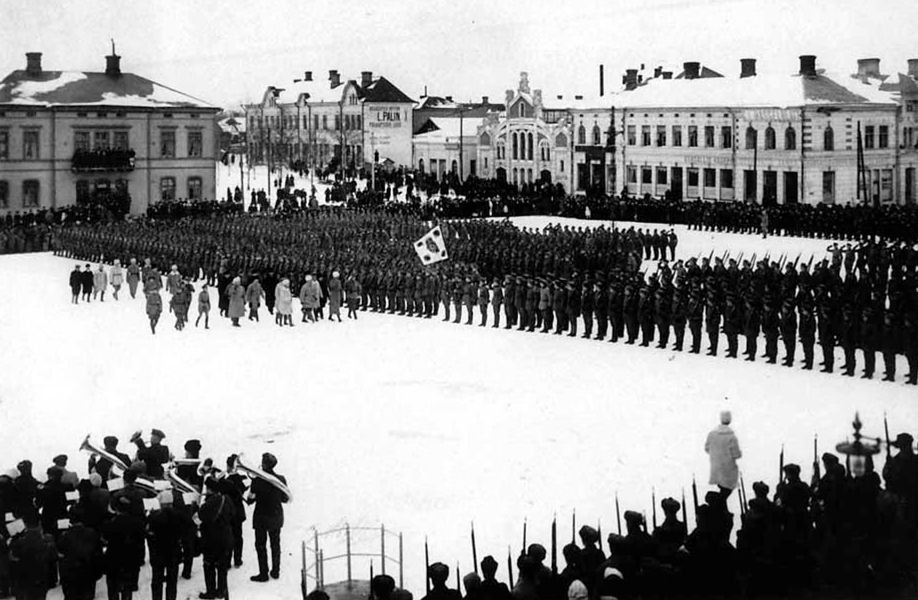
The last parade of Jaeger Battalion 27 in Vaasa at the market square on 26/Feb/1918. General Mannerheim inspects the battalion.
The Finnish Civil War of 1918 and the Jaegers
After the October Revolution of 1917 in Russia, subversive activity began to increase in Finland. A general strike in November 1917 deepened the suspicions and mistrust between the “Reds” and the “Whites” and both sides began moving to defend themselves. At the same time, communists and left-wing socialists were now considering overthrowing the democratically elected government by military force. In December 1917, Finland gained her independence but in January 1918 there were still 65,000 Russian soldiers in Finland, of whom several thousand actively supported the Finnish Reds. The final escalation towards civil war began in early January 1918.
The Finnish Senate and Parliament decided on 12 January 1918 to create a strong police force, an initiative which the Red Guards saw as forestalling their planned seizure of power by force. On 15 January, General Mannerheim, a former general of the Imperial Russian Army, was appointed supreme commander of the White Guards, and on 25 January the Senate appointed the White Guards as the Finnish White Army. The Red Guards refused to recognise the title, and decided to establish a military authority of their own. General Mannerheim located his headquarters in Vaasa, while Aaltonen, the commander of the Finnish Red Guards, located his headquarters in Helsinki. The civil war had begun.
The first serious local battles were fought during 9–21 January in southern and southeastern Finland. The Helsinki Guard, the strongest Red unit with its crucial strategic position in the capital of Finland had already become active on 23–25 January, aiming to secure a major power base for the Reds. The White order to engage was issued on 25 January, and the Red Order of Revolution was issued on 26 January 1918. The large scale mobilization of the Red Guards began in the late evening of 27 January. The Red Guards held the initiative at the start of the Civil War, holding Helsinki, the industrial city of Tampere and the ports of Turku and Viipuri. However, while well-armed and with no shortage of volunteers, they lacked leaders with any military knowledge and the command structure was weak to non-existent.
The arrival of the Finnish Jaegers at Vaasa gave the White Army a huge advantage in the civil war. The Jaegers were highly trained and had experienced combat on the eastern front. In addition, almost all the Jaegers were trained as either Officers or NCO’s and when distributed throughout the White forces, provided strong and skilled leadership that made disciplined action and coordination possible. Three of the Jaeger Officers were appointed to command Brigades – Colonels Eduard Ausfeldt and Ulrich von Coler, as well as Major Rainer Stahel. All six Jaeger Regiment commanders, and all but one of the Battalion commanders for 18 regiments of infantry were Jaegers – these commanders had mostly received Platoon leader training in Germany. Most of the Jaegers worked as Trainers, then as Company or Platoon Commanders.
Many of the Jaegers took on far more demanding tasks than those for which they had been trained. Colonel Aarne Sihvo was appointed Karelian front commander and his chief of staff was Lieutenant Colonel Woldemar Hägglund. Sihvo was 28 years old, while Hägglund was 24 years old. Jaegers were, above all, in positions of command at the front and served as an example to their men, being given extensive latitude to lead the fighting . Jaeger losses were very heavy in the Civil War, with 127 dead and 238 wounded. Their contribution to the White victory and the preservation of Finland’s independence was crucial. They formed the backbone and spiritual spine of the newly independent state’s Army.
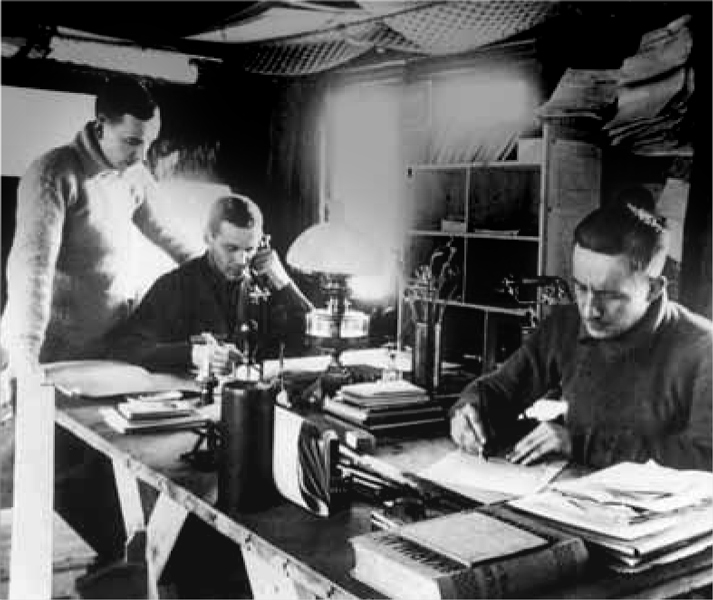
Colonel Aarne Sihvo chief of staff, Lieutenant-Colonel Woldemar Hagglund commanded the war effort on the Karelian front
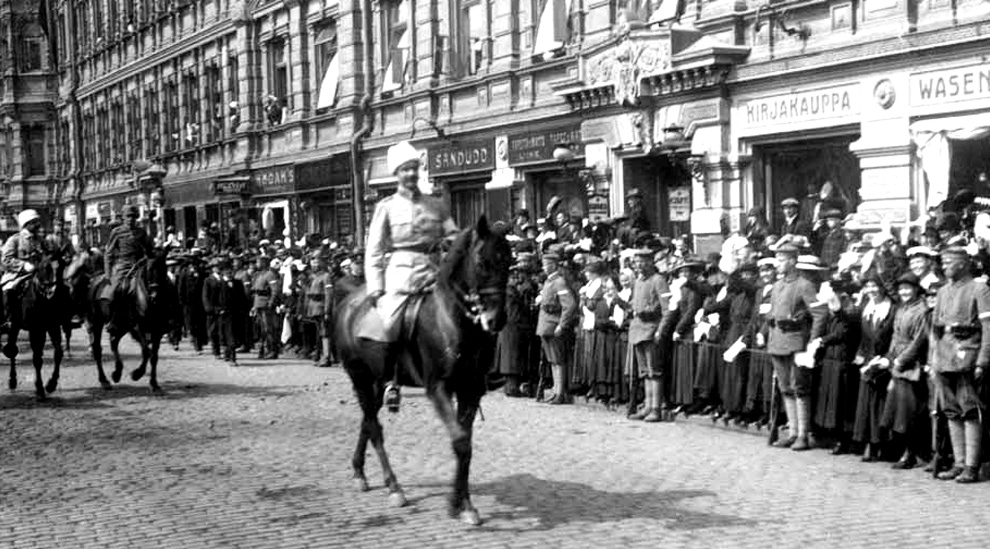
Victory War 16 May 1918 in Helsinki. General Mannerheim, riding at the head of the Finnish White Army.
Immediately after the Civil War, the Finnish Jaegers were given the right to use the word Jäger in their military ranks. Many of the Jägers continued their military careers. In the 1920’s a long feud between officers with Jäger-background and Finnish officers who had served in the Russian Imperial army was concluded in favor of the Jägers: Most of the commanders of army corps, divisions and regiments in the Winter War were Jägers. The Jäger March composed by Jean Sibelius to the words written by the Jäger Heikki Nurmio, became the honorary march of many army detachments.
The Legacy of the Jaegers
The Jägers have a central place in Finnish history and in the Finnish Army, with their legacy living on today. During the Finnish Civil War, six Jaeger Regiments were established in the tradition of Jaeger Battalion 27, while a little later a Jaeger Brigade was established. In 1936, four army bicycle Jaeger Battalions were created.
In the Winter and Continuation Wars (WW2), the Army Jaeger Battalions won a reputation as the best shock troops reputation. Following several organizational changes, the Jaeger Battalion 27’s traditionwas in 1956 carried on in the Finnish Army by five separate infantry battalions, the Ostrobothnia, Uusimaa, Kyme, Häme and Karelia Jaeger Battalions. They all had the Jaeger March as their music.
The Finnish Army organization changes in the 1980’s and 1990’s saw Jaeger Battalions attached to brigades or regiments. Regardless, the Jaeger Battalions of the Finnish Army still cherish and preserve the traditions of Jaeger Battalion 27.


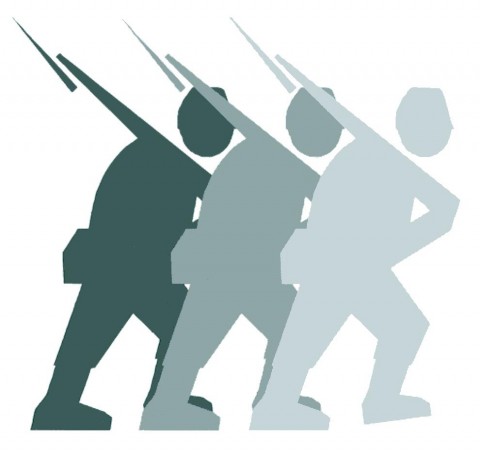
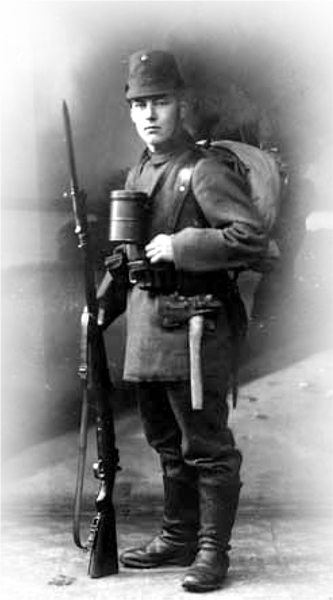
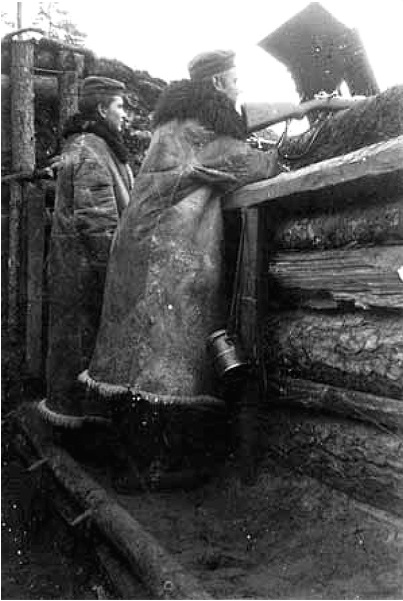
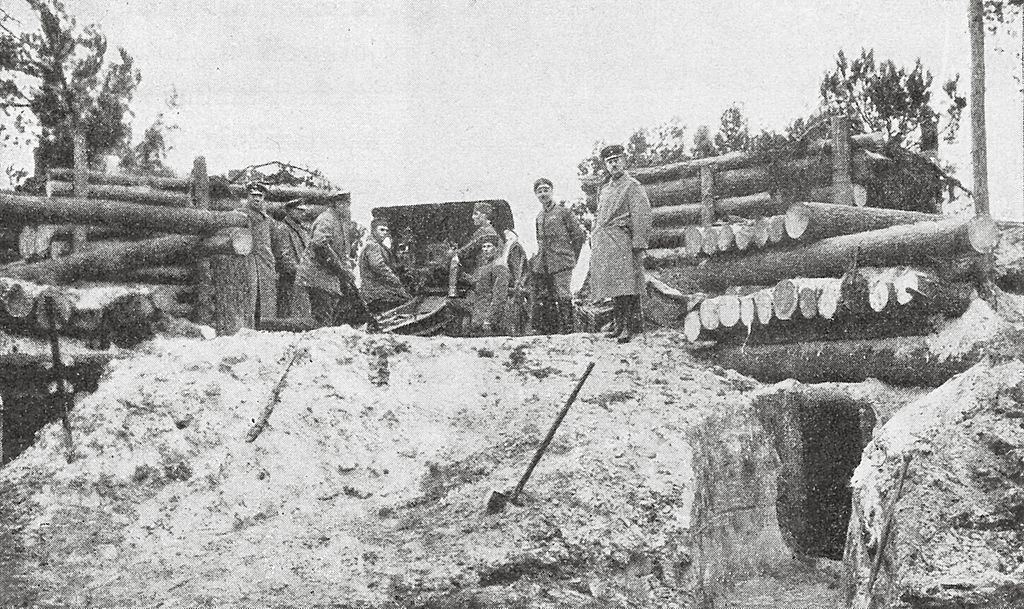
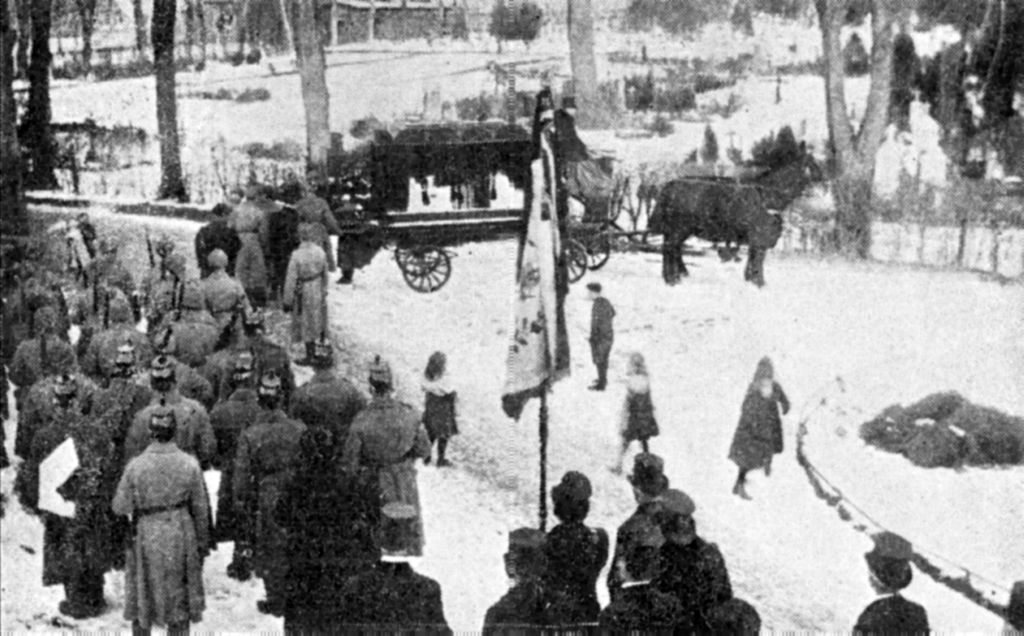
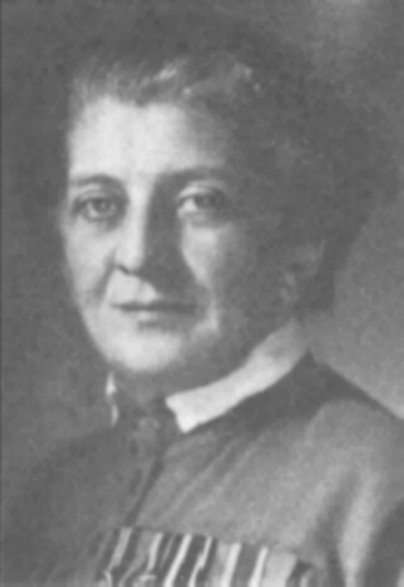
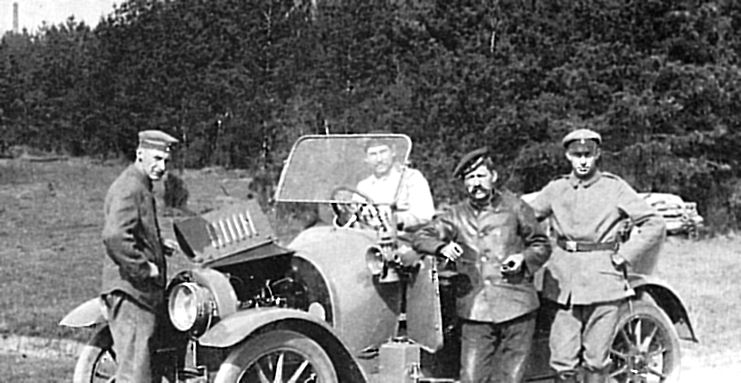
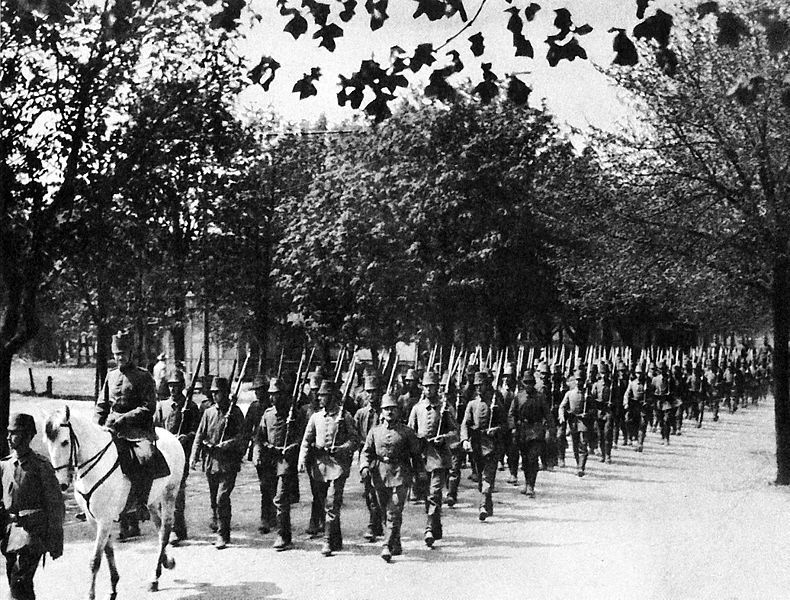
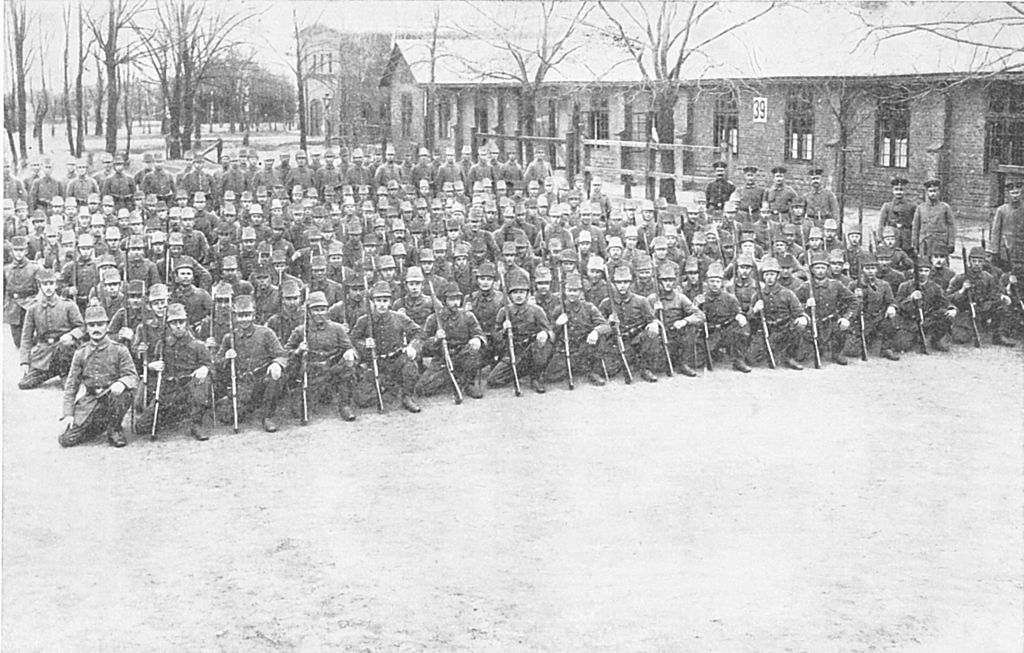
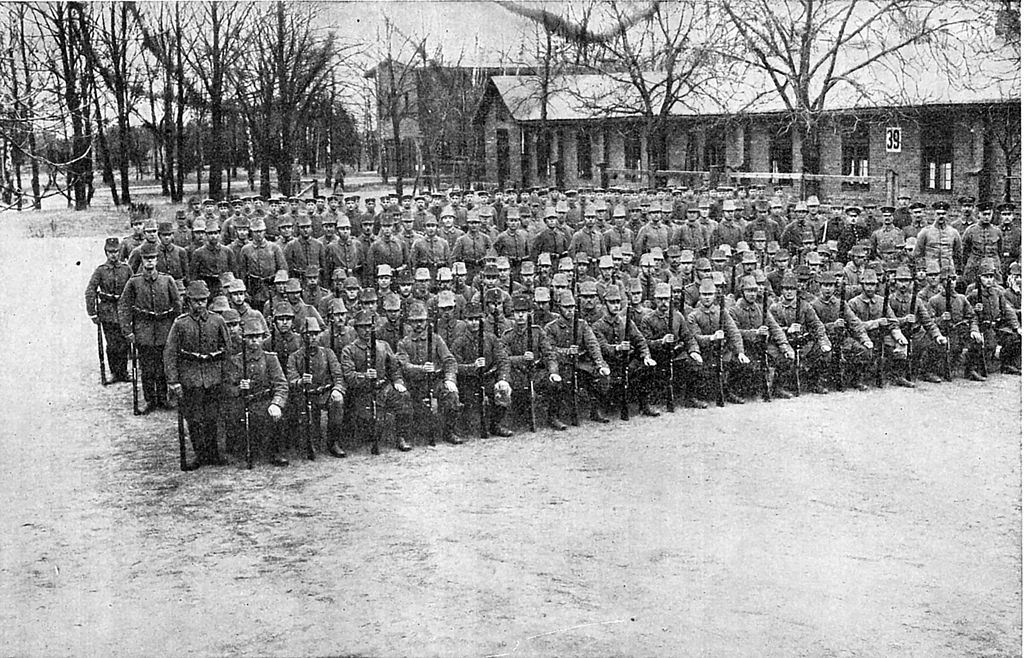
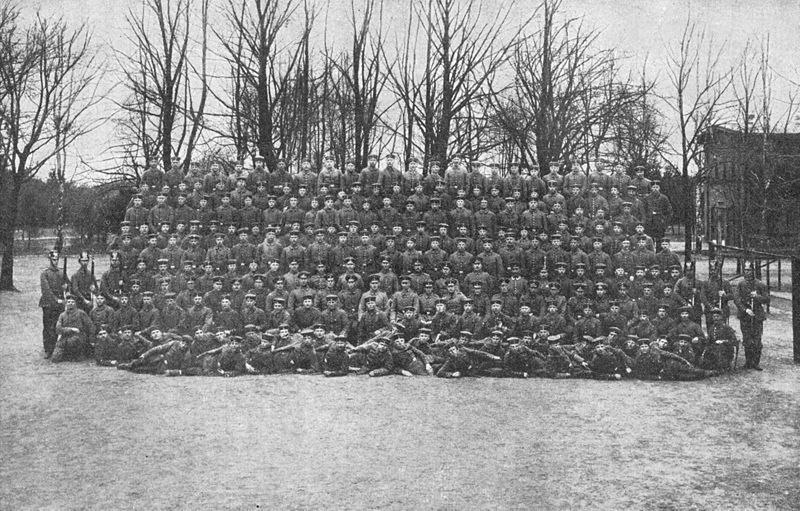
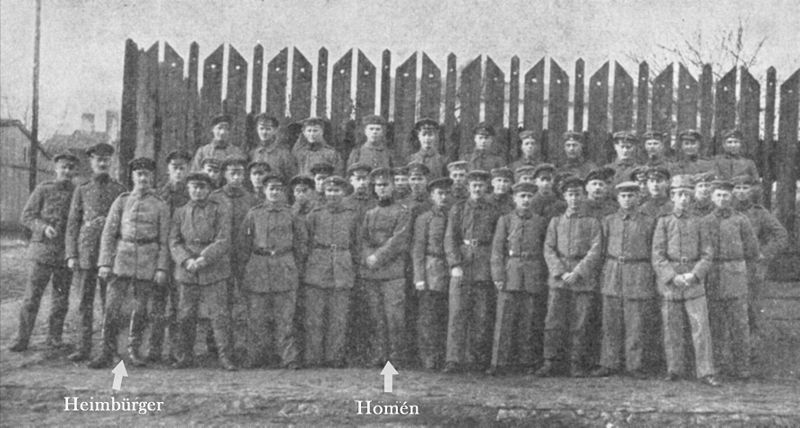
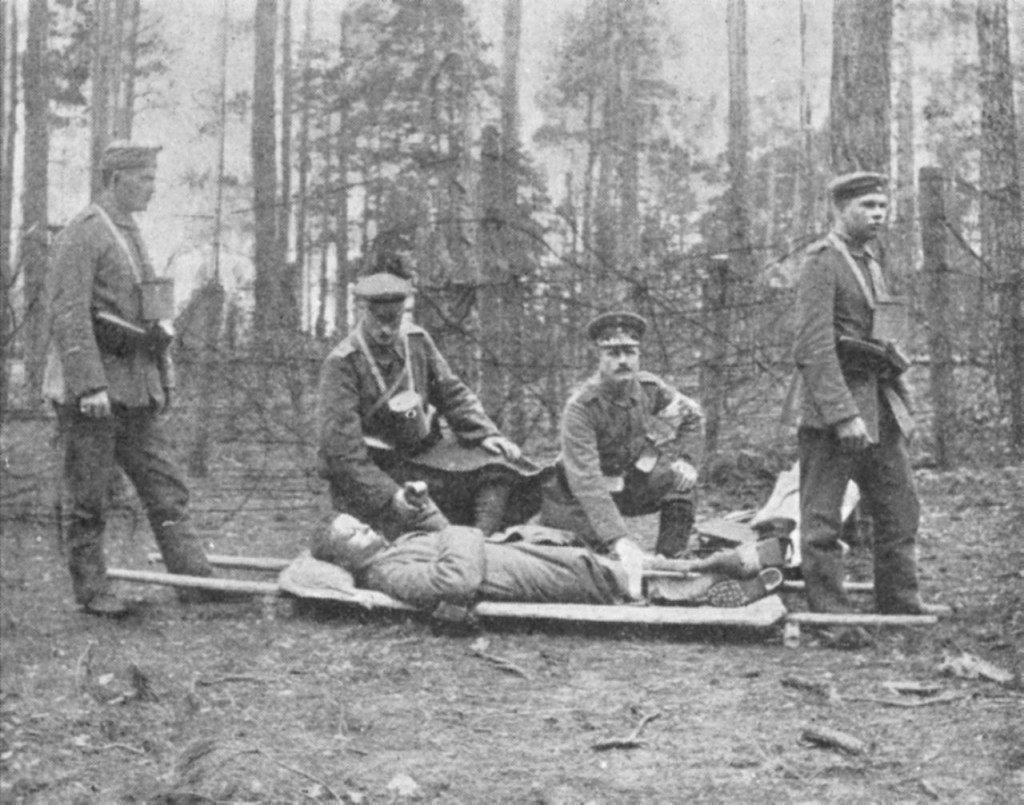
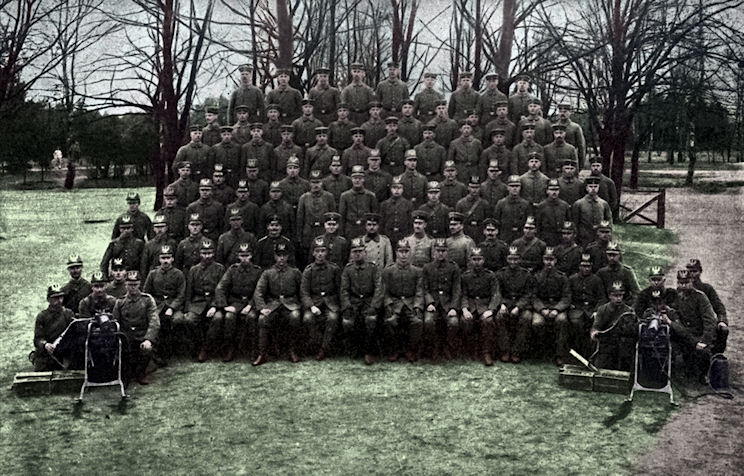
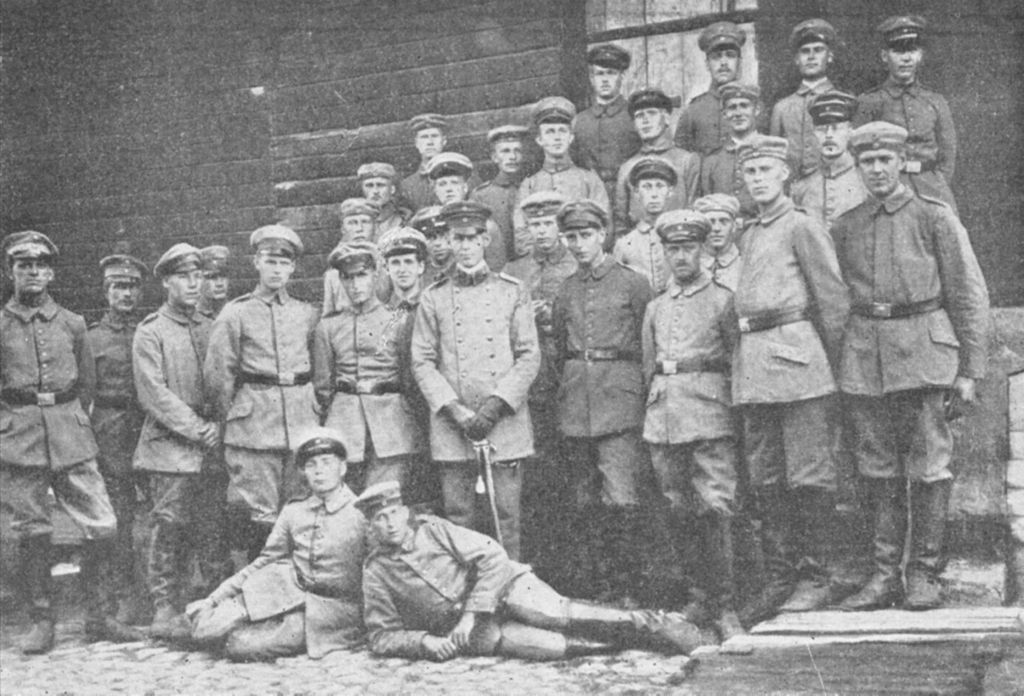
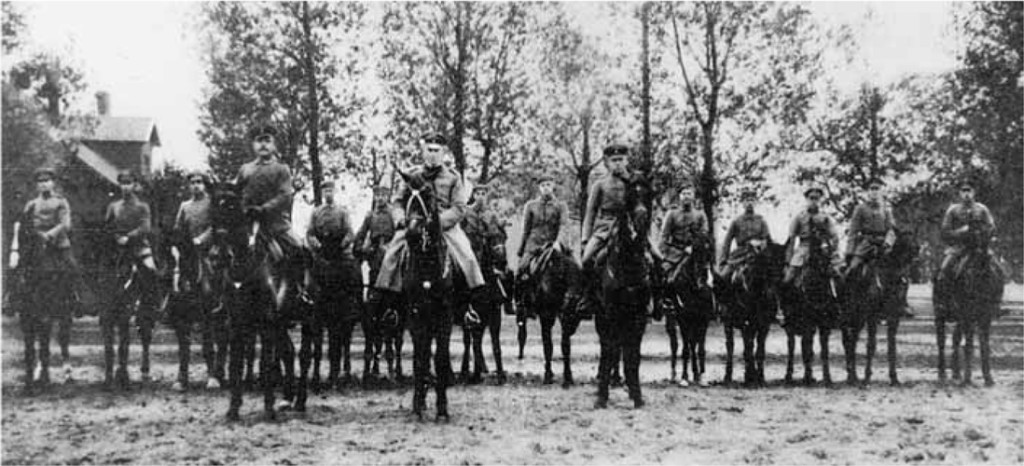
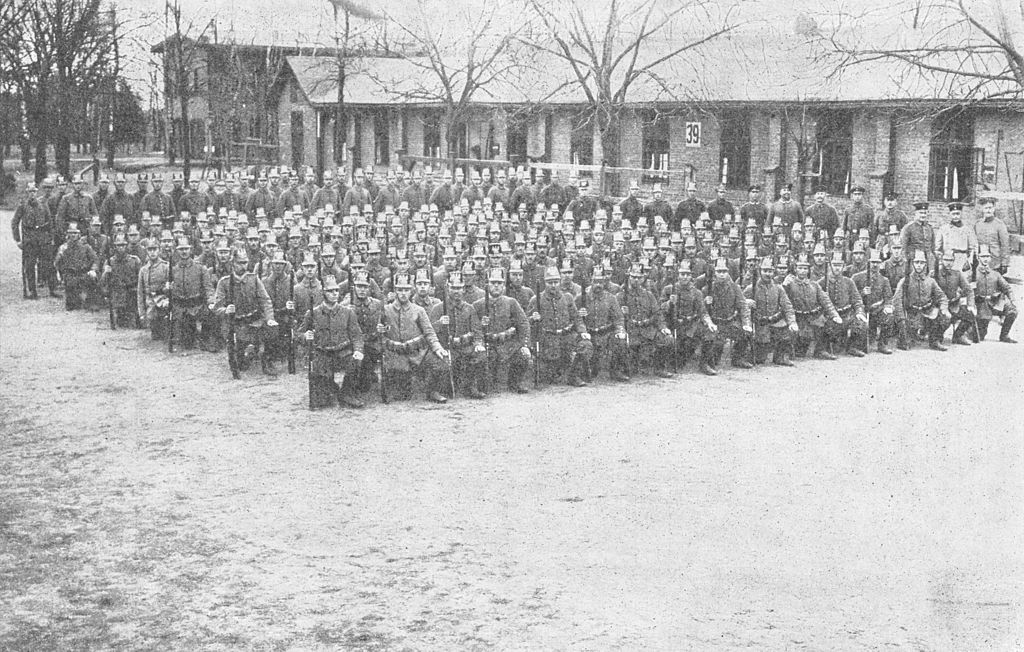
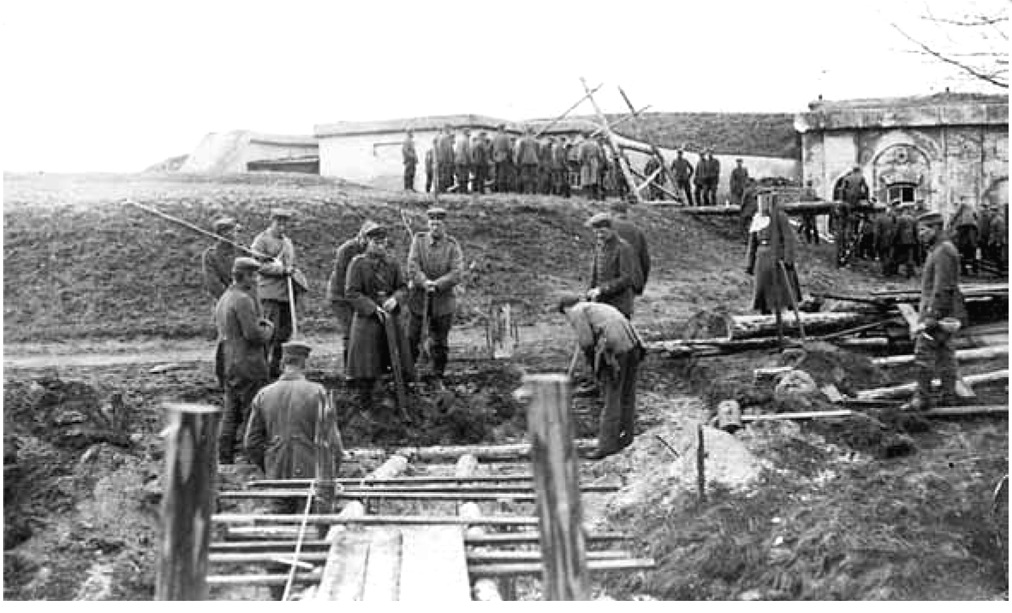
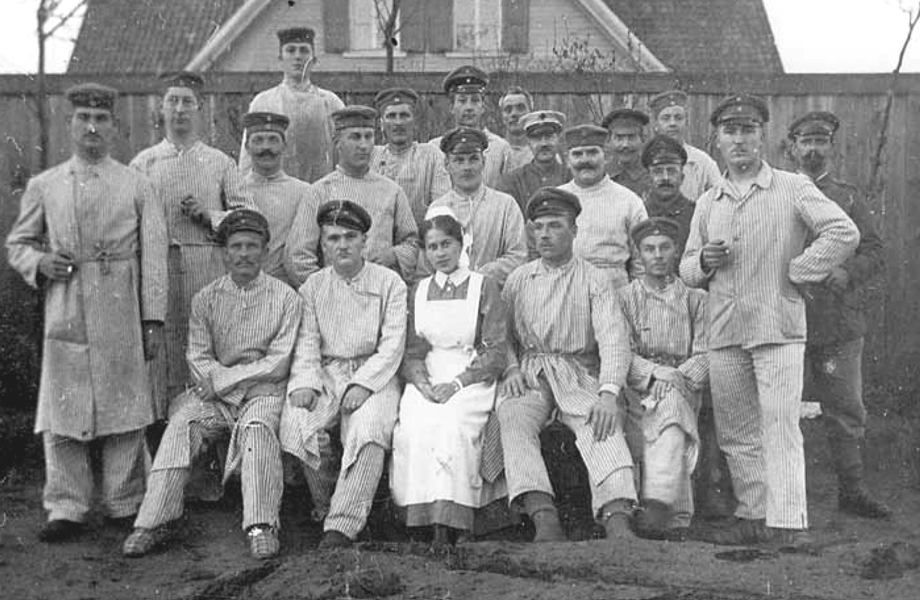
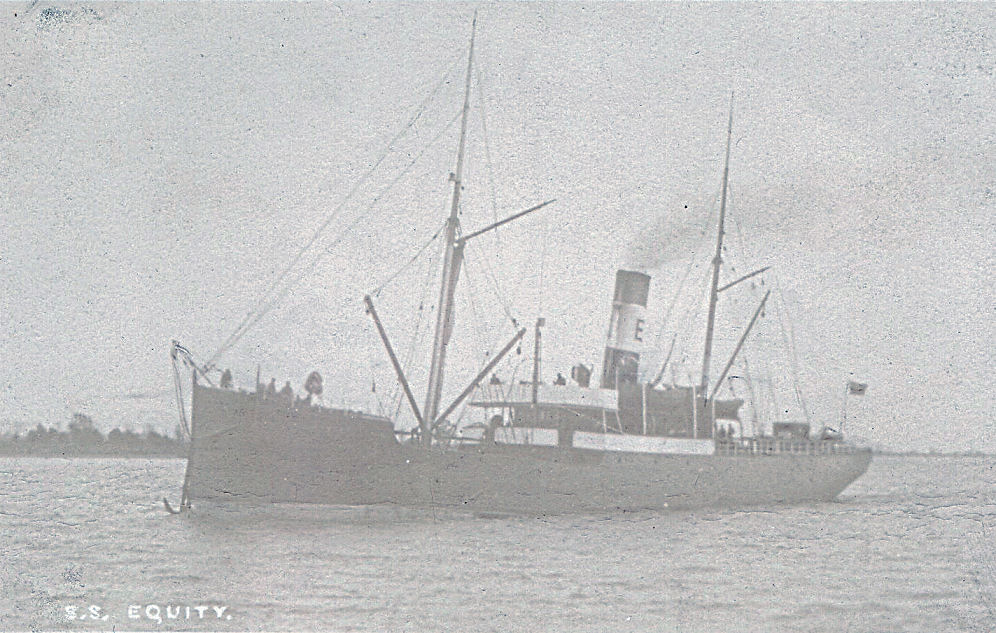
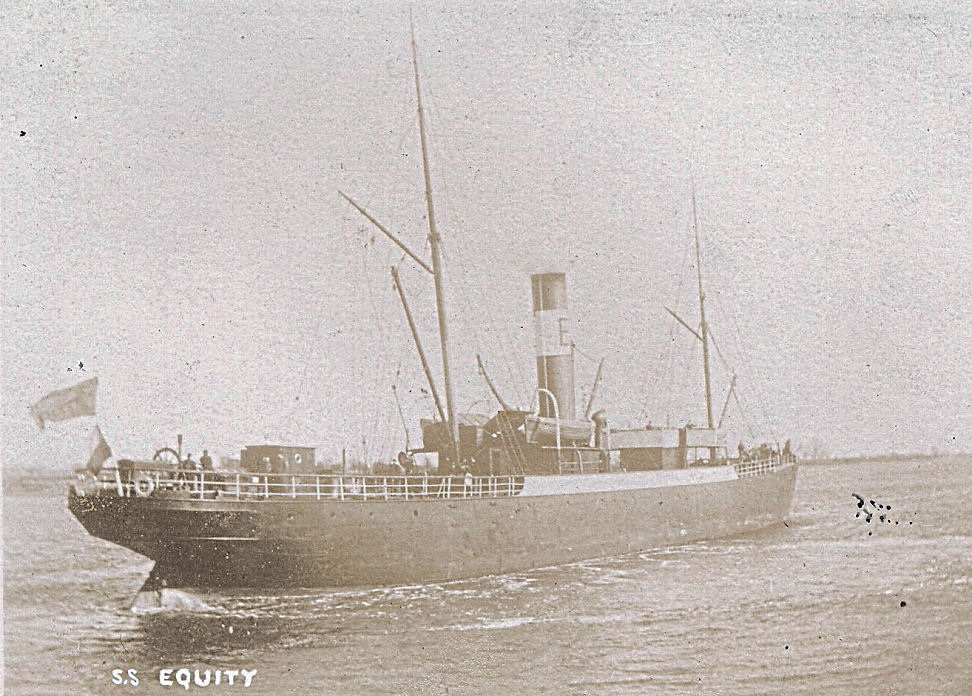
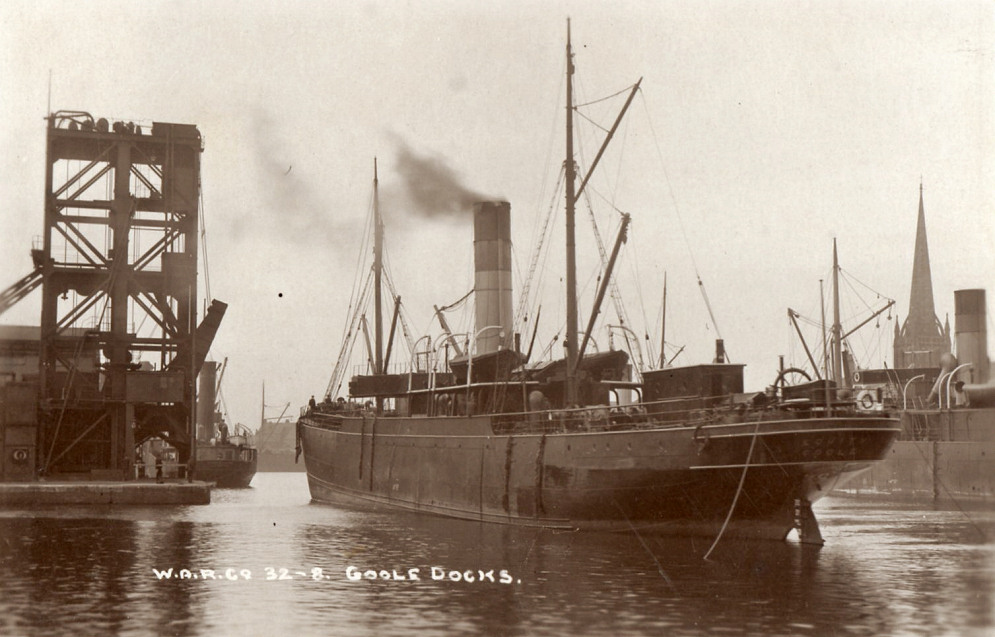
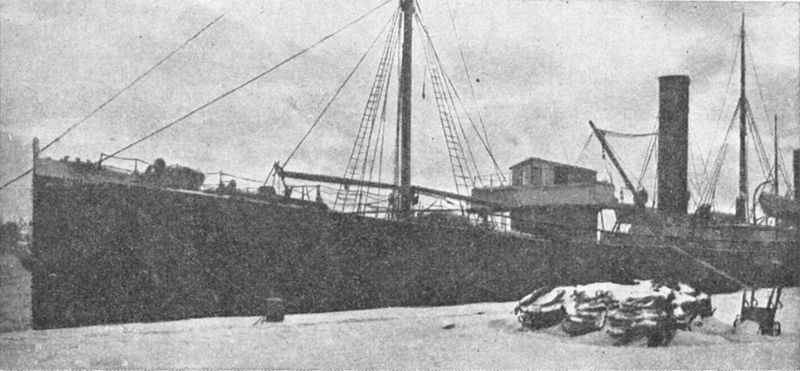
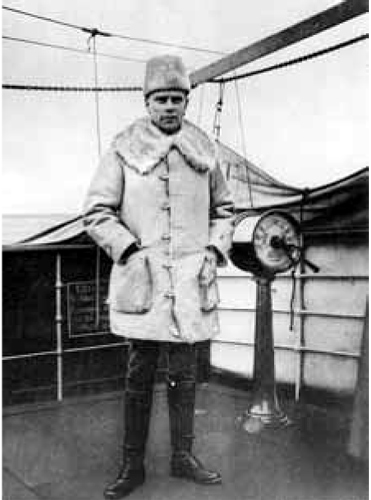
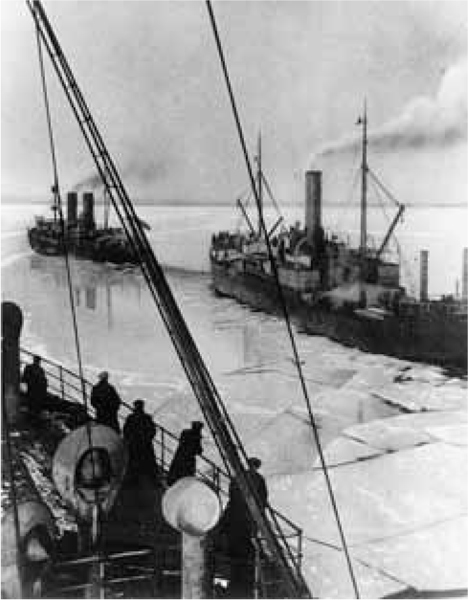
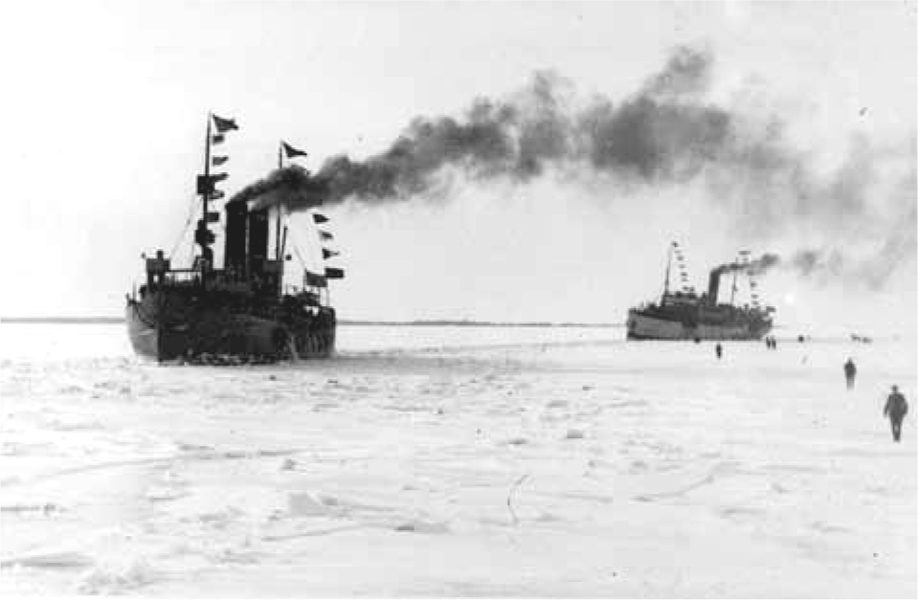
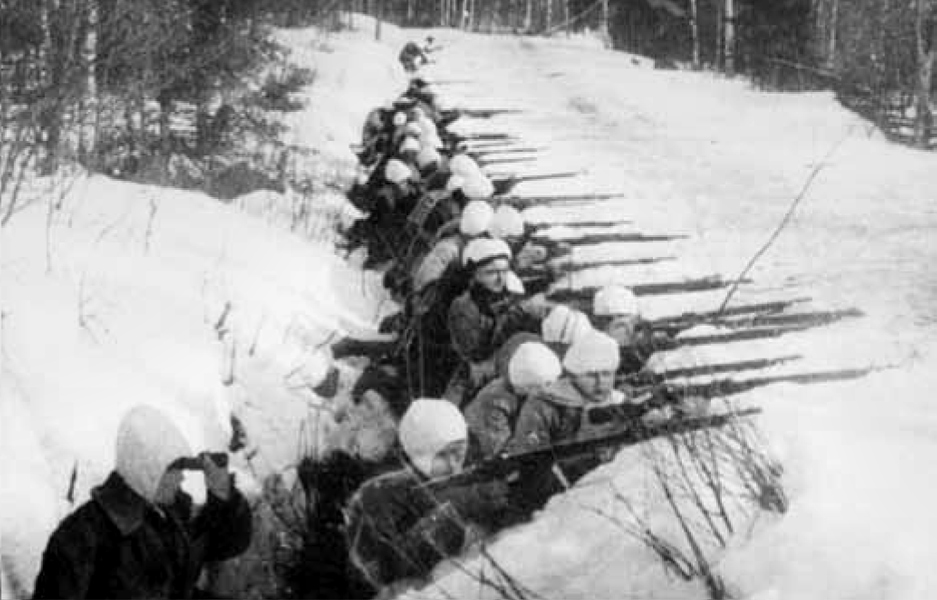
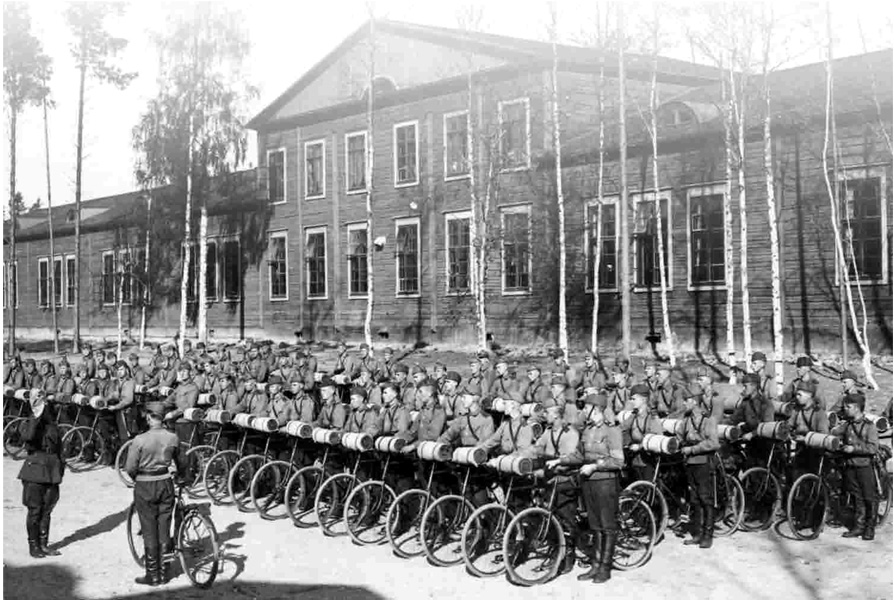

Pingback: Finnish Aerosleds in Greenland with the 1930 Wegener Expedition Alternative Finland